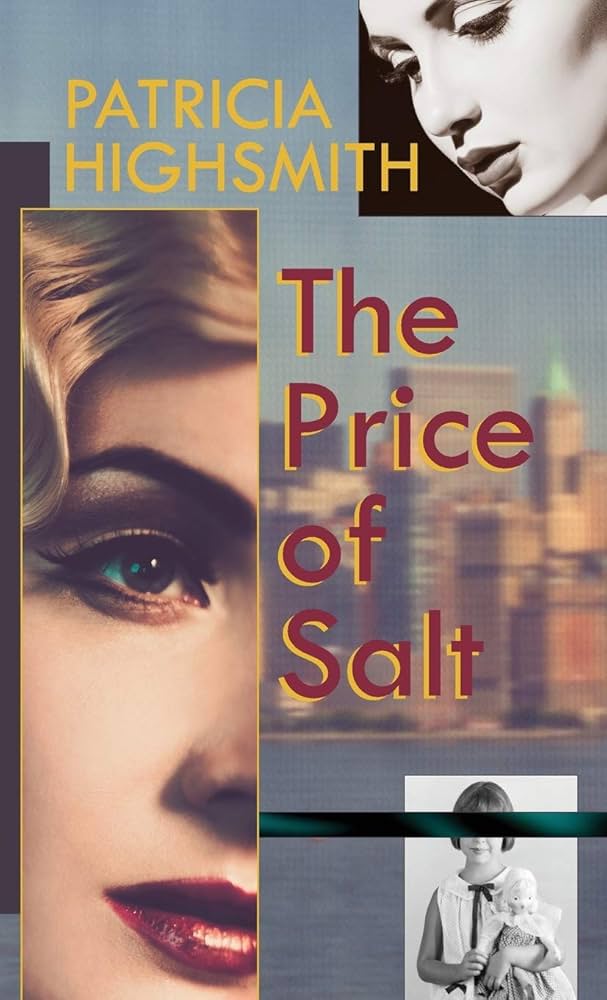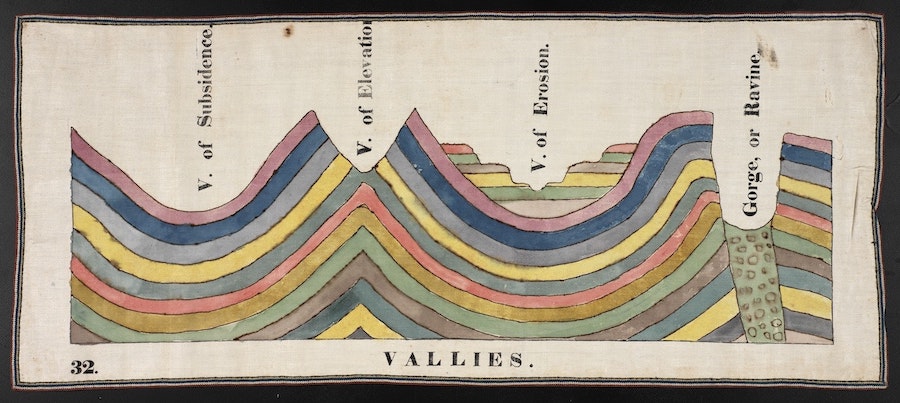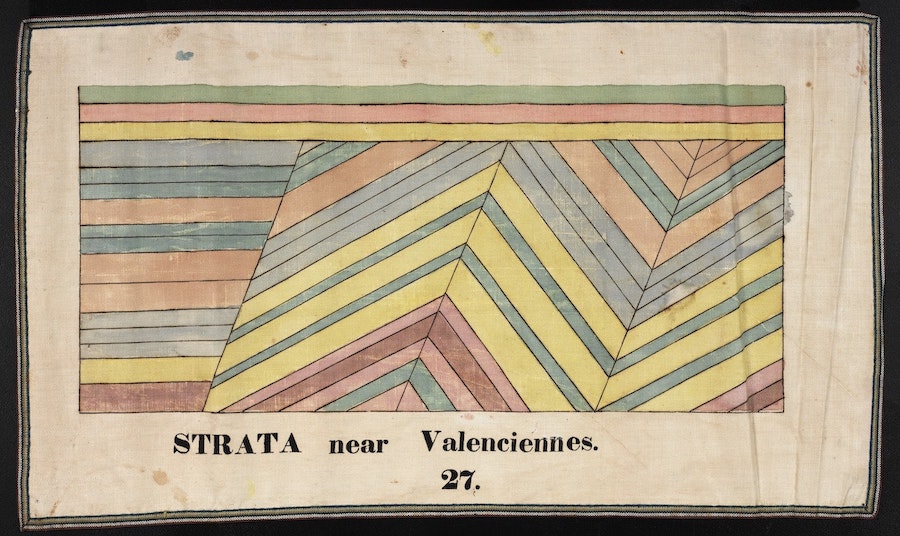“Do you think I could?” Therese asked simply, before she could debate whether she dared to ask. “What!” Richard smiled. “Fall in love with a girl? Of course not!” – Patricia Highsmith
The first time I was published in a literary magazine was because of a sort of collage poem I had crafted. I submitted two of them, one with themes of red and girlhood and the other a deep blue with queer longing painted across the face of it. I at once had a voice in the back of my head saying, “Which will be picked? What will it at all mean for me?” My friend, an editor on the magazine at the time, let me know there had been almost no competition between the two and the obvious winner would be “Blues for Betty”. I had never been published and I was filled with joy and excitement as I ran frantically around the apartment in circles and printed out the acceptance letter. Taping it to the wall, I took a big gold sharpie to it and signed my name as a famous person might. I immediately thought to call my parents, and then I was filled with a weight and a sickness I had not expected. My many attempts at coming out in high school were returned with screaming matches and threats of banishment, hypnotherapy, and hell. I cried at this idea that my big dream would not be supported, and I would again face exile. I lied and told my parents my other piece got published. Later on, my friend would even help create a fake version of the magazine featuring the other piece in the winner’s place to help make my lie less obvious.
When Patricia Highsmith chose her nom de plume of Claire Morgan, she was afraid. She had this story she was compelled to write, and she knew it had to be done. But to do so under her own name could have labeled her as gay and could have resulted in conversion camps, failure as a writer, and exile from social society. It was, after all, the 1950’s, a time post-Lavender Scare and pre-LGBTQ rights. When she wrote The Price of Salt, she admitted she had stopped to think, “If I were to write a novel about a lesbian relationship, would I then be labelled as a lesbian book writer?” (afterword from The Price of Salt). This made me wonder what it would be like now for her in a place where so much queerness is now celebrated and encouraged. It made me look at myself: had things really changed all that much if I was still scared? I began to examine my own history of queer relationships and how they were perceived. How the minute I held a girl’s hand in public I still would start to sweat and how I somehow was always much more nervous around women than men. It made me think about what gay yearning really is and also, spoiler alert, why queer relationships always seem to fall apart at the end. Why is it so hard to find a queer book that ends with joy and companionship? This was the first time there seemed hope for two women to live happily ever after, although that still ends up not being the case.
The book follows a woman named Therese and her newfound affair with Carol. Carol is striking, blond, and a recent divorcee with an over-controlling husband and a young daughter. Therese is a set designer in New York who is practically engaged to the most boring yet caring man ever. She gets a seasonal position in a department store where the tangled relationship begins. The emphasis on labels from others is rarely mentioned, and that was one quality I really appreciated from the book. It does a great job of avoiding strict labels as Therese explores her intimate relationships and the growing pains of being nineteen during such a difficult time.
Within heteronormative literature there is never a huge deal made of identifying as straight, but this is not the case within queer lit most of the time. Why are these relationships painted to be so different? I see two people who care deeply for each other and have much more to their beings that just one label used to box them in and furthermore, a label that paints them immediately as outsiders or as the intruders in everyone else’s life. But to “intrude” is to take up space in a place you historically aren’t wanted and that is how the push of progress or the change of ideals is made. So how could I in turn take up space in a place I wasn’t wanted and rebel against what was expected of me? How could I write something queer and then something entirely not and maintain my life as it was? I wasn’t too sure, but I knew I had to start somewhere, and I had to have courage. If the only thing holding me back from writing and being successful was what my family thought, would I ever move on? Would I ever thrive under restraint?
Although I still don’t have many of the answers I seek, I do feel The Price of Salt pushed me forward in many ways. It showed me a blooming relationship full of yearning and the cruelties of the world that often lead such relationships to dissolve. It showed me I am not the only person who has had these concerns through time. And it showed me that maybe things haven’t changed as much as we would like to believe. There is all this progress around me, but I have been stuck in place by the heterosexual American dream instead of my own. The Price of Salt has been a powerful catalyst in my journey, offering both a reflection of my own struggles and a broader context for understanding them. The novel has pushed me to confront the complexities of love, desire, and societal expectations. It reminds me that the yearning for connection and the pain that often accompanies it transcends time and place. This novel has deeply encouraged me to rethink my own path and seek a life that is truer to who I am, rather than one defined by the labels that may chase us, because in the end the only labels that matter are the ones, we give ourselves.
The Price of Salt can be purchased here.




